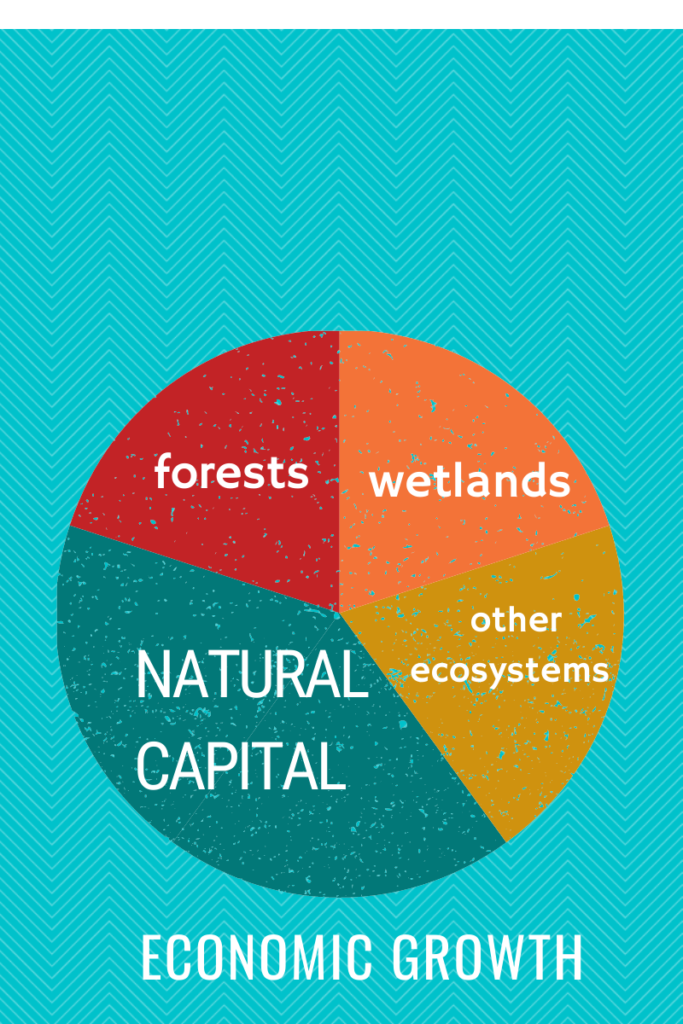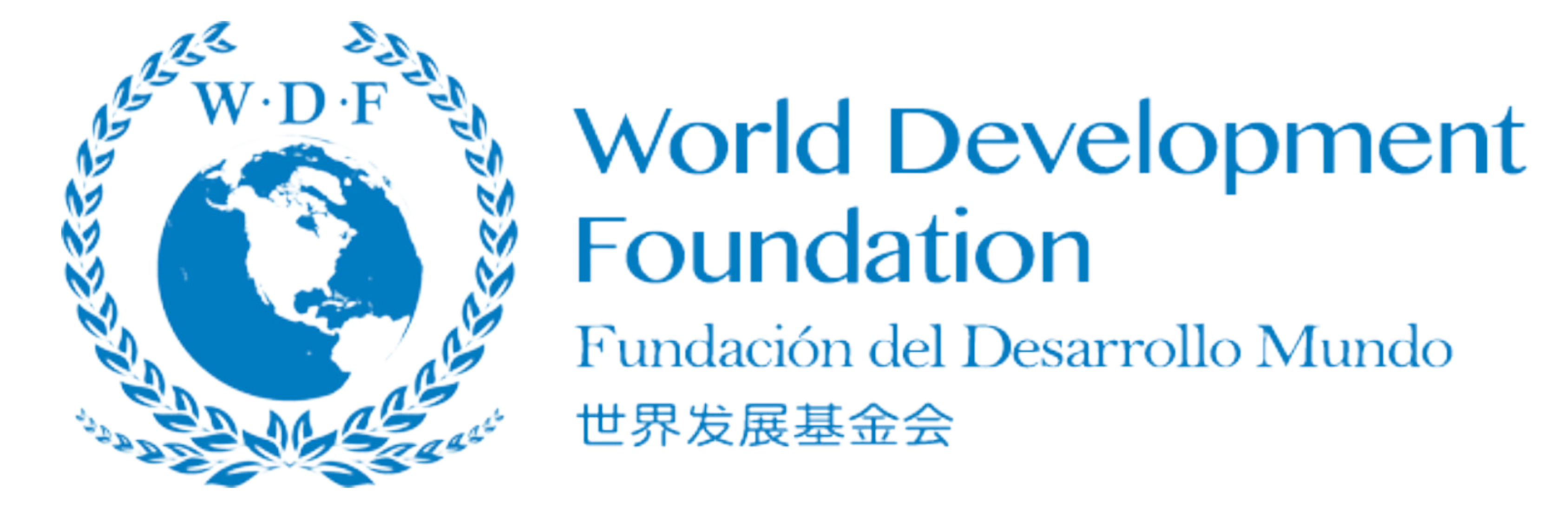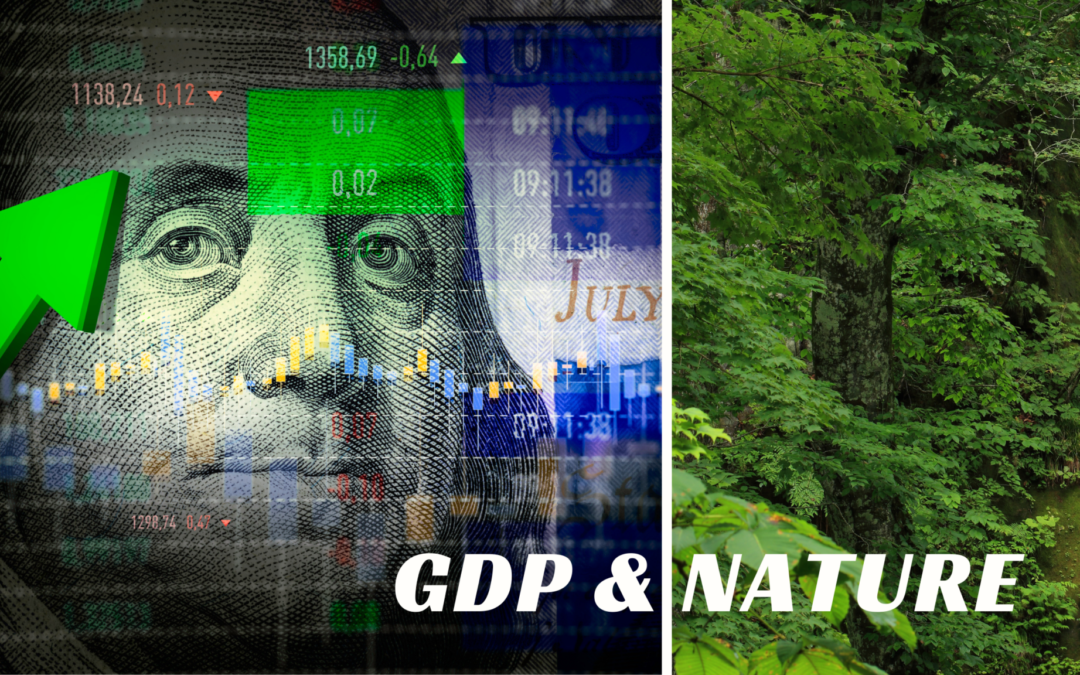For decades since the end of World War II governments have been using a statistical system to measure a country’s gross domestic product. The United Nations now says that system is neglecting and destroying nature. It offers instead a ground-breaking fresh way to measure economic growth by integrating natural capital like forests, wetlands and other ecosystems in annual GDP reports.
It said the new statistical accounting framework may reshape policy and decision-making towards sustainable development.
The new framework, called the System of Environmental-Economic Accounting—Ecosystem Accounting (SEEA EA), was adopted by the UN Statistical Commission on March 10, 2021.
“This is a historic step forward towards transforming how we view and value nature,” said UN Secretary-General António Guterres on welcoming the adoption of the new economic and environmental framework. “We will no longer be heedlessly allowing environmental destruction and degradation to be considered economic progress.”
Guterres told the annual UN Statistic Commission meeting on March 2 that the global economy has increased almost five-fold in the past 50 years but that growth is at a massive cost to the environment.
“The bottom line,” he said, “is that we need to transform how we view and value nature. We must reflect nature’s true value in all our policies, plans and economic systems. With a new consciousness, we can direct investment into policies and activities that protect and restore nature and the rewards will be immense.”
The commission said the new economic reporting system would “mark a major step forward to incorporating sustainable development in economic planning and policy decision-making and could have a significant impact on efforts to address critical environmental emergencies, including climate change and biodiversity loss.”
It said two crucial conferences later this year, the summit on Biodiversity in Kunming, China, and the Glasgow Climate Conference known as COP 26, would demonstrate the benefits of the SEEA-EA to help policy makers make decisions based on hard data.
“The new framework would go beyond the commonly used statistic of gross domestic product (GDP) and would ensure that natural capital – the contributions of forests, oceans and other ecosystems – are recognized in economic reporting,” the commission said.
The commission said more than half of global GDP depends on nature. But globally it is estimated that natural capital has declined 40 per cent in just over two decades.
It is estimated that human activity has severely altered 75 per cent of the planet’s terrestrial – and 66 per cent of its marine environment – leading to an average decrease in ecosystem extent and condition of 47 per cent against their natural baselines.
Governments worldwide continue to make decisions on the economy without consideration to environmental impacts. Globally, countries now spend some US$4-6 trillion dollars a year on subsidies that damage the environment.
Climate change on the other hand contributed to extreme weather with the 2011-2020 period the warmest decade on record according to the World Meteorological Organization.
Information on the new framework can be found at https://seea.un.org/ecosystem-accounting

The UN Environment Program said in its most recent report, “Making Peace with Nature,” that the global economy has grown nearly fivefold over the last 50 years, largely due to a tripling in extraction of natural resources and energy that has fueled growth in production and consumption.
Over the same time, the world population has increased by a factor of two, to 7.8 billion people, and though on average prosperity has also doubled, about 1.3 billion people still live in poverty and some 700 million are hungry.
“This is a major step forward,” said Inger Andersen, UNEP Executive Director. “The new framework can be a game changer in decision-making. By highlighting the contribution of nature, we now have a tool that allows us to properly view and value nature. It can help us bring about a rapid and lasting shift toward sustainability for both people and the environment.”

